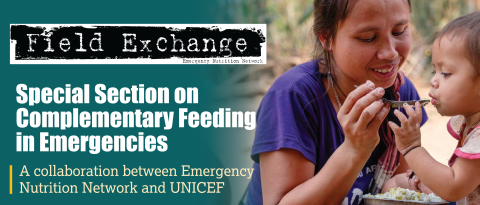Food Security and Gender Equality
This is a summary of the following report: CARE (2022) Food security and gender equality: a synergistic understudied symphony. https://careevaluations.org/evaluation/food-security-and-gender-equality/
Gender equality is fundamental to improving food security at local, national, and global levels. However, in 2021, an estimated 150 million more women were food insecure than men globally. Despite the links between gender equality and food security, most global food security datasets fail to collect or incorporate sex-disaggregated data. This restricts our understanding of effective actions to address gender inequality and food security and discourages policymakers from incorporating gender equality into food security solutions. Of 84 food policies identified in December 2021, only 4% referred to women’s roles as leaders in food security solutions.
This report summarises secondary data exploring the correlation between gender inequality values and food security scores. Drawing on existing literature, the authors support the need to produce, publish, and use global data on gender equality and food more consistently. The primary results were based on a regression analysis of data from 109 countries that were included in both the 2019 Human Development Report’s Gender Inequality Index and The Economist’s 2021 Food Security scores.
Results from the regression analysis showed that, across the 109 countries, rising gender inequality was associated with reduced food security. This was supported by existing literature indicating strong relationships between gender equality and rural households’ capacities to acquire coping mechanisms and to reduce poverty and food insecurity. Specifically, findings from previous studies focused on:
Women’s participation and the household: Food security was impacted by gender norms which define women's participation in income generation activities. For example, households in which women were employed, or contributed through income generating activities, had an 11% lower probability of food insecurity and their households experienced a 43% reduction in childhood malnutrition.
Diets and food consumption: Despite being responsible for 90% of food purchasing and preparation, women eat last and least. In Sudan, a substantially higher percentage (65%) of women reported being food insecure when compared to men (49%).
Agriculture and land: Women’s land ownership is associated with income growth and better child nutrition, yet only 15% of land worldwide is owned by women. A study in Burundi demonstrated a USD 5 (£4.30) return for every USD 1 (£0.85) invested in gender equality in agriculture, compared to a USD 2 (£1.70) return for every USD 1 (£0.85) invested in agriculture programmes that ignored gender equality.
Overall, this report highlights the need to incorporate and utilise sex-disaggregation into global datasets on food/food security. This would contribute to increasing the visibility of gender inequalities, which is essential given this report shows how increasing gender inequality is associated with lower food security. Identifying and addressing the differences in gender roles, responsibilities, and participation at the household level has the potential to strengthen global food security as well as the nutrition and health status of populations.


